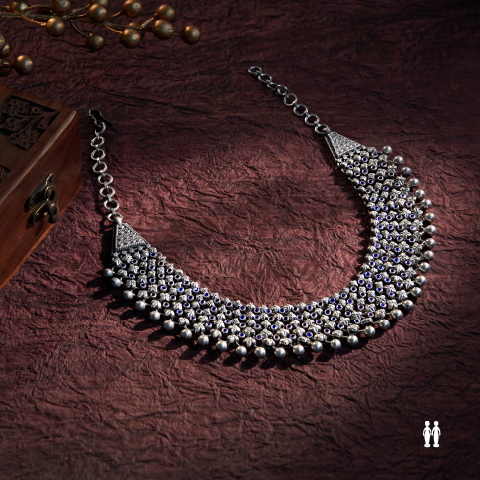The "thazhampoo" or "thazambu" is a fragrant yellow flower that grows along the river banks of Tamil Nadu and Kerala. In the olden days, these flowers were kept inside wardrobes as fabric fresheners and insect repellants. Young maidens used the flowers as ornaments to adorn their long thick jadais, especially during auspicious occasions like "seemanthams" and weddings. These flowers have leaves with distinctive saw-like edges, which are used for making soft mats. The fruits borne by the plants are also said to be the favourite food of elephants.
Our Indian culture cherishes flowers and uses them as sacred objects, which carry a lot of spiritual significance. Even today, we witness the "malai matrudal," which is the exchange of flower garlands between the bride and groom and is considered to be the most important ritual in a South Indian wedding.

From Folktales and Fables
This flower has a significant place in mythology as the cause for starting a dispute between Lord Vishnu and Lord Brahma, as to whom amongst them was the greatest. Since it gave false evidence in the dispute, Lord Shiva cursed it stating that the flower should not be used to worship him in any temple. However, on hearing Lord Brahma's plea, he made a concession that it may be used only during Maha Sivarathiri nights.
On Fascinating Fabrics
Drawing inspiration from the Earth's flora and fauna, and the tapestry of symbols that adorn Kanchipuram’s numerous temples, the thazamburekku motif is rooted in artistic traditions. Temples are an integral part of a Hindu's way of life and that is why Kanchipuram has come to be known as the land of a thousand temples. The temple town has significantly contributed to the popularity of this traditional motif.
The motif takes a glorious form in the shape of large triangles symmetrically arranged in rows and are woven into the fabric through the inter-locking weft technique known as "korvai", which is unique to Kanchipuram. These triangles resemble the temple gopurams and are referred to as rekku(bundle of grass) or mottu (flower buds).
The spired temple motifs interspersed in the silk weave remained a distinct design of the Dravidian and Deccan weavers since ancient times. The Dravidian style of motifs place importance on the towering gateways of South Indian gopurams, and one glance of this structure imparts a feeling of absolute tranquillity in the eyes of the beholder.

The mere sight of the gopuram otherwise known as Gopura Darshanam is an alternative form of worship, especially for those who don’t have the time to enter the temple and pray to the deities.As cited in a Tamil verse:- Gopura darshanam, Koti punyam. (The mere sight of the temple will give you a million good things).
Traditional Threads
The handloom industry has imbibed this motif, its meaning, its value, and narrates the story of the saree as an integral part of India's weaving identity and culture. At Sundari Silks, we present the thazamburekku motif in all its glory and within the traditional folds of our traditional silk sarees.






